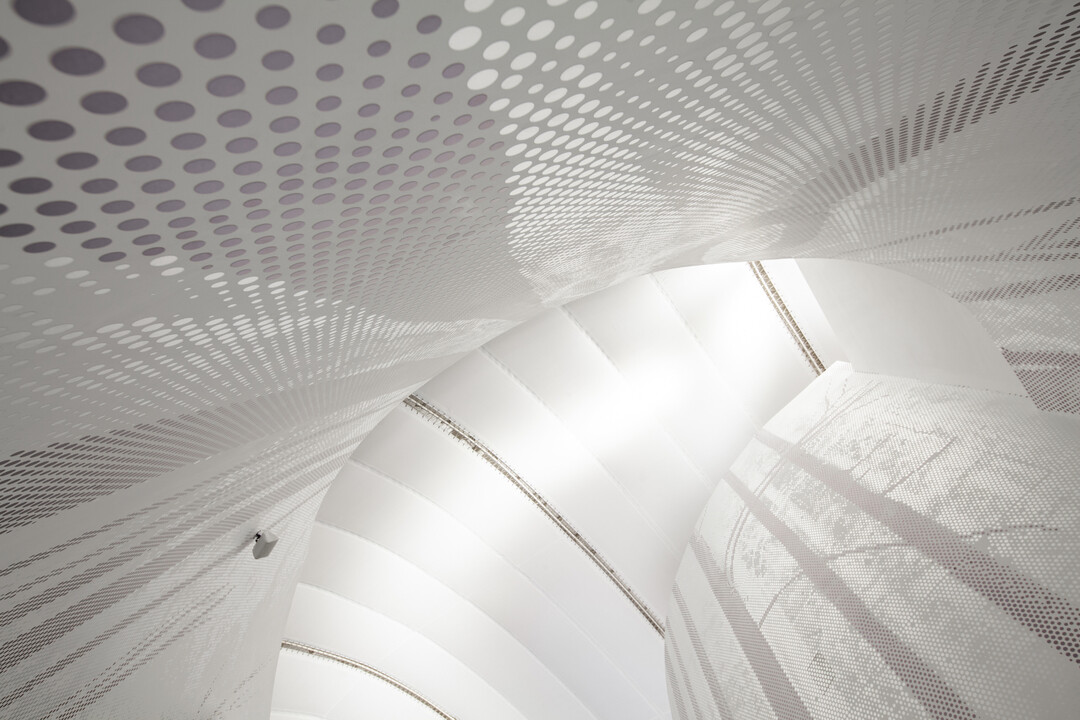
Members Only
加入會員後,點選Members Only即能閱讀更多完整文章及獨家內容。
進入一個空間,最先感受到的便是空間調性所帶來的氛圍,是設計師透過設計手法形塑出的空間基礎之上,再疊加屋主本身的性格營造出的獨特空間氣息,溫潤、強烈,複雜或純粹。在這近半個世紀之久的老屋,鞠躬上場將牆面不平整及梁柱排列不齊視為歷史痕跡進行轉譯,作為喚醒老屋修復的第一步。拆除原始極具壓迫感的天花板,梁露出後重新定位格局配置,平面依照梁柱走位被劃分成公共領域的客廳、廚房及私密領域的工作區及臥房,礦物塗料在凹凸不平的牆面上,渲染出手感樸素的韻味,如同屋主收藏的古董老件,含蓄而肅穆。
玄關處內退縮做了外玄關,將北臺灣濕漉漉的常態留在了室外,脫下鞋再步入室內,定義了同一個空間領域的不同屬性。進房門時也有相似空間轉換的儀式感,刻意製造轉折處,避免私領域從入口處便一目了然。鄰近客廳及工作區的臥房,是每時每刻都想與家人聯繫在一塊的小女兒的房間,為強化情感連結,房間出現兩道門,一個貓洞。拱門的原型在制高點的破碎開,而形成不完整的半圓,光得以暈染進室內,發散至工作區的天花頂,在不同介質再次串連起家人間的關係。房屋內找不到任一收納櫃,因其尺度的拿捏及材料的整合下,櫃體在視覺上與牆柱一氣呵成為一整體,機能上因應各空間需求多向開櫃,與真正的牆柱些微錯開,水平向藏入燈條,垂直向則透出一些光線,在空間做出無形的界線,開放又封閉。在立於餐廳朝縫隙的那面柱身保留了原始的瓷磚,除了新舊材質的並存,也是存留屋主在這住上大半輩子的家的記憶點。設計師在此案處處留有這樣的巧思,廚房開了一堵小洞,連接窗外老屋窗花鐵件的懷舊歲月。部分窗口都是保留原始窗型冷氣開口轉換成高窗或以圓圈框景,視野通向無際藍色。老式窗台從客廳延伸至臥房內,從不同的活動使用,衍生為書桌或收藏擺設。這些細膩的保存,讓翻新的舊宅仍能閱讀到過往的種種痕跡。